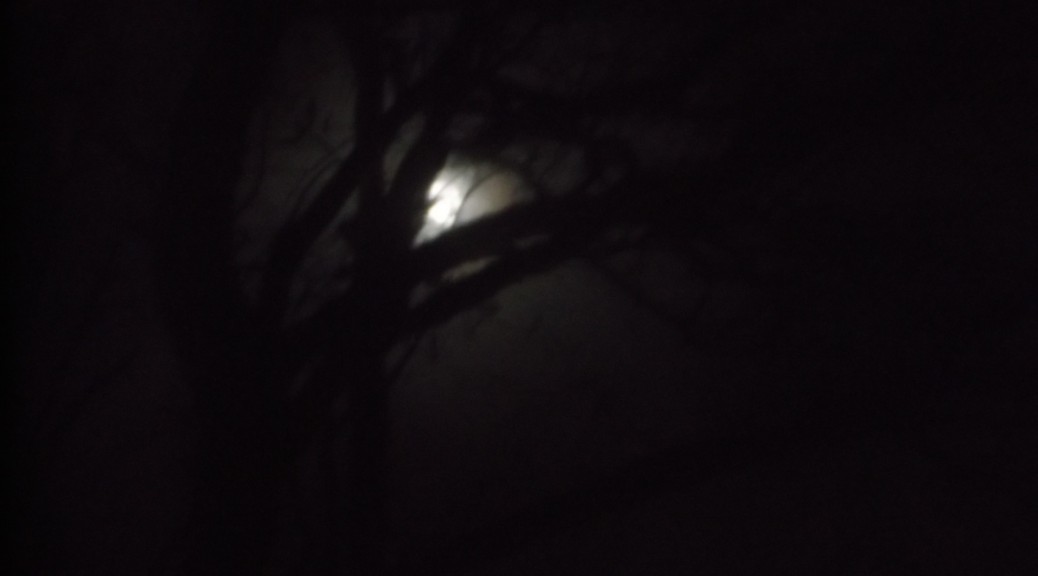When a former science teacher can’t sleep, questions come unbidden to occupy his consciousness. So it was one cloudy night when I conceived the following question: Does the full moon make a high arc across the sky during winter or a low one? After some consideration, I proposed an answer: at the solstice (December 20 or thereabouts), the full moon should mount high in the sky before it begins to set. Conversely, it should have a low trajectory in summer, never getting very high at all.
Such a question is hardly of the complexity Albert Einstein entertained when he came up with the General Theory of Relativity, but then—I am not Einstein. Little questions are fun to explore as well as big ones, and if you don’t achieve fame, at least you gain a small glow of joy when you get something right.
My reasoning went like this. All the planets, the sun, and the moon travel on a pathway across the sky called the ecliptic, which travels through all the constellations of the Zodiac. Why they all do this is well known: they all formed from matter that formed a disc around the sun. While some are more out of kilter than others, basically they race around on the same racetrack, moving from constellation to constellation over the course of the year.
The sun at winter’s solstice is in Sagittarius, a constellation that—in Traverse City, at least—is viewed low in the south in summer. That is why it doesn’t get very high in the sky (and why the weather is so cold) in winter. When the moon is full, it is 180 degrees away from the sun—and must be in the constellation directly opposite Sagittarius, the constellation of Gemini. So…when the winter moon is full, it must rise high in the sky, at winter solstice higher than at any other time.
Comforted with that solution, I went to sleep, the agitations of my brain somewhat quieted. I would only have to wait for the next clear night around the full moon to see if I was right. I expected to see the moon at midnight, high up in the sky, as high as the sun gets at mid-day in June.
And that is what I saw. There it was, its brightness blotting out Gemini (though I confess, I did not want to get out of bed, get out my binoculars, and go outside to check out the stars on this cold night). My hypothesis was tested and was proved right! Such triumphs are the things that illuminate my life.
Now I must wait for the full moon in June, which, according to my theory, should hug the horizon, often getting lost in the branches of trees and behind hills all around. You will help me check that out, won’t you? After all, June is just four months away, and you won’t have to sacrifice yourself to the elements: Just bring a blanket and a bottle of your favorite beverage to enjoy the moon hanging low in the sky.
Of course, you can watch the moon ride high even in March—if you are content to look at the first-quarter moon. It will be in Gemini, just as the full moon was at the winter solstice. Check it out—but first, while you are trying to sleep, hunker down and visualize why that must be so. That is what I do.
Richard Fidler is co-editor of the Grand Traverse Journal.

